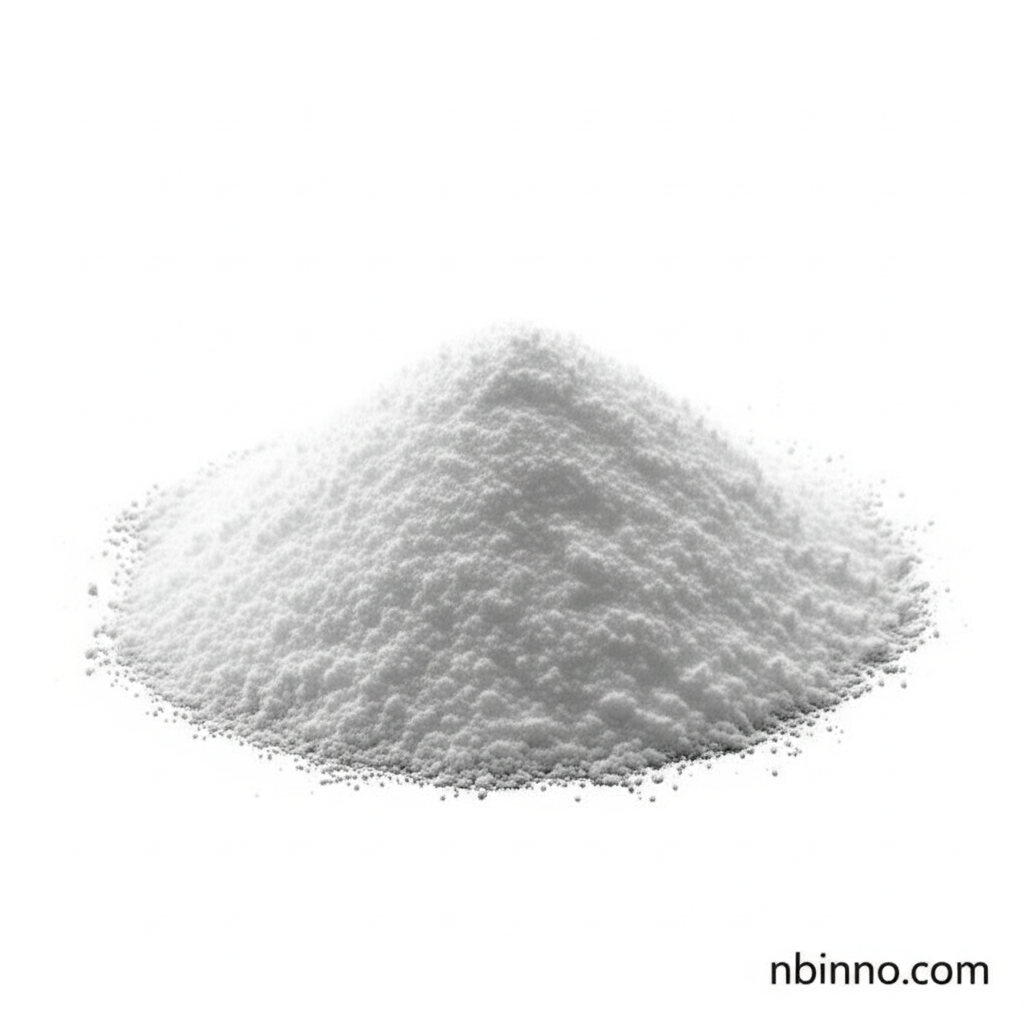2-(Chloromethyl)-1-fluoro-4-(trifluoromethyl)benzene: Your Key Organic Synthesis Intermediate
Unlock advanced chemical synthesis with this versatile fluorinated building block. Discover its potential today.
Get a Quote & SampleProduct Core Value

2-(Chloromethyl)-1-fluoro-4-(trifluoromethyl)benzene
This compound is a crucial building block in various chemical industries, particularly in organic synthesis. Its unique molecular structure, featuring fluorine and trifluoromethyl groups, imparts desirable properties for creating complex molecules used in pharmaceuticals, agrochemicals, and advanced materials. Its stability and reactivity make it an indispensable intermediate for researchers and manufacturers.
- Leverage the power of fluorinated organic synthesis intermediates to develop cutting-edge pharmaceutical drug candidates.
- Utilize this key intermediate in the synthesis of high-performance organic materials with tailored electronic and optical properties.
- Enhance your agrochemical research and development with this essential building block for novel pesticide formulations.
- Explore the diverse fine chemical intermediate applications that this compound enables for improved product performance in coatings and inks.
Advantages You Can Count On
Enhanced Reactivity
The specific arrangement of functional groups makes this compound highly reactive in targeted organic synthesis pathways, facilitating efficient molecule construction and speeding up your R&D cycles.
Superior Stability
The presence of fluorine and trifluoromethyl groups contributes to the compound's inherent stability, ensuring reliable performance and consistent results in your chemical processes.
Broad Applicability
From pharmaceutical synthesis to the development of advanced materials and effective agrochemicals, this intermediate offers a wide spectrum of uses, making it a valuable addition to your chemical arsenal.
Key Applications
Pharmaceutical Synthesis
Act as a critical building block for creating complex pharmaceutical molecules, offering improved drug targeting and efficacy in fields like anti-cancer drug development.
Materials Science
Contribute to the creation of high-performance organic optoelectronic materials, enhancing the luminous efficiency and stability of devices like OLEDs.
Agrochemical Development
Serve as a key raw material for new pesticides, supporting the development of low-toxicity, high-efficiency, and environmentally friendly crop protection solutions.
Fine Chemical Production
Function as an essential starting material or intermediate for various fine chemicals, widely used in enhancing the performance of coatings, inks, and adhesives.
